Best movies like A Life for Movies - Lotte Eisner
A unique, carefully handpicked, selection of the best movies like A Life for Movies - Lotte Eisner Starring Lotte Eisner, Werner Herzog, Volker Schlöndorff, Wim Wenders, and more. If you liked A Life for Movies - Lotte Eisner then you may also like: Jew Suss: Rise and Fall, Le Bonheur, Conjuring, Midnight in Paris, Eyes Wide Open and many more popular movies featured on this list. You can further filter the list even more or get a random selection from the list of similar movies, to make your selection even easier.
Born in Berlin in 1896, Lotte Eisner became famous for her passionate involvement in the world of both German and French cinema. In 1936, together with Henri Langlois, she founded the Cinémathèque Française with the goal of saving from destruction films, costumes, sets, posters, and other treasures of the 7th Art. A Jew exiled in Paris, she became a pillar of the capital's cultural scene, where she promoted German cinema.
A Life for Movies - Lotte Eisner
You may filter the list of movies on this page for a more refined, personalized selection of movies.
Still not sure what to watch click the recommend buttun below to get a movie recommendation selected from all the movies on this list
Le Bonheur
Philippe Lutcher, an anarchist, fires a shot at Clara Stuart, a famous stage and screen actress, but only wounds her. The star, through affectation and curiosity to know his motives, pleads in his favour at his trial, but he rebuffs her pity. After he has served 18 months in prison, they meet and fall in love.
Conjuring
The film reproduces a magic act Méliès performed at his Paris theater-of-illusions, the Théâtre Robert-Houdin. Conjuring is notable as Méliès's second film, and as his first to move beyond the actuality film genre pioneered by the Lumière brothers and experiment with using the camera to capture a theatrical magic act. (Later in 1896, with his discovery of the substitution splice technique, Méliès was able to begin augmenting his theatrical illusions with new special effects unique to film.) Conjuring can thus be seen as Méliès's first foray into the world of fiction film. The film was released by Méliès's Star Film Company and numbered 2 in its catalogues.
Midnight in Paris
A romantic comedy about a family traveling to the French capital for business. The party includes a young engaged couple forced to confront the illusion that a life different from their own is better.
Eyes Wide Open
A beautifully affecting love story that has rightly earned comparisons to Brokeback Mountain, Haim Tabakman's potent yet impeccably restrained tale has won awards and accolades at film festivals the world over. Aaron, a pillar in Jerusalem's Orthodox community is respected by friends and family. However, when he hires handsome runaway student Ezri to assist with his business, sexual tensions bristle and the pair cautiously embark on a love affair. Meanwhile, a neighbouring shopkeeper persists in seeing a man of her own choosing, even though she's been promised by her father to another. As forbidden truths come to the fore, these lovers are forced to either confront or relent in the face of a centuries-old religious community, with startling results.
Fata Morgana
Shot under extreme conditions and inspired by Mayan creation theory, the film contemplates the illusion of reality and the possibility of capturing for the camera something which is not there. It is about the mirages of nature—and the nature of mirage.
Father Brown
Works of art are disappearing, stolen by a master thief, a master of disguise. Father Brown has two goals: to catch the thief and to save his soul.
Harvest
Breathtaking in its subtle beauty, Harvest is an achingly romantic tale of an innocent but ever increasingly passionate affair that develops between two simple farmhands. Life on a farm is all that sullen teen Marco knows- leading a perfunctory and quiet life of working, going to school and avoiding the advances of girls. However, his self-imposed solitude ends when curly-haired Jakob, rejecting the banking world for farming, arrives to train on the farm. Although initially cautious and tentative with each other, it is soon obvious that the unspoken sexual tension is becoming increasingly hard to resist - something a spontaneous trip to Berlin. Proving that true love can blossom in even the most unlikely of places, Harvest is as rich and rewarding as it is heart-warming.
The Haunted Castle
In a medieval castle, a dark magician thought to be Mephistopheles conjures up a series of bizarre creatures and events in order to torment a pair of interloping cavaliers.
Moulin Rouge
Born into aristocracy, Toulouse-Lautrec moves to Paris to pursue his art as he hangs out at the Moulin Rouge where he feels like he fits in being a misfit among other misfits. Yet, because of the deformity of his legs from an accident, he believes he is never destined to experience the true love of a woman. But that lack of love in his life may change as he meets two women
Portrait: Werner Herzog
An autobiographical short film by Werner Herzog made in 1986. Herzog tells stories about his life and career. The film contains excerpts and commentary on several Herzog films, including Signs of Life, Heart of Glass, Fata Morgana, Aguirre, the Wrath of God, The Great Ecstasy of Woodcarver Steiner, Fitzcarraldo, and the Les Blank documentary Burden of Dreams. Notable is footage of a conversation between Herzog and his mentor Lotte Eisner, a photographer. In another section, he talks with mountaineer Reinhold Messner, in which they discuss a potential film project in the Himalayas to star Klaus Kinski.
Sherlock Holmes
When a couple of scammers hold young Alice Faulkner against her will to discover the whereabouts of letters whose dissemination could cause a scandal affecting the royal family, Sherlock Holmes decides to take over the case. (Considered lost, a copy was found in 2014, in the vaults of the Cinémathèque Française.)
Something in the Air
During the 1970s a student named Gilles gets entangled in contemporary political turmoils although he would rather just be a creative artist. While torn between his solidarity to his friends and his personal ambitions he falls in love with Christine.
The Mine with the Iron Door
Having acquired the controlling interest in the Eureka Discovery Corporation for five-hundred dollars, and selling half of it to a detective for two-hundred dollars, Bob Harvey sets off with his new partner to find the buried treasure of San Capello---with very strange consequences.
Im Land meiner Eltern
"Had it not been for Hitler, I would have been born a German-Jewish child, more German than Jewish, in a small village in the South of Germany. But as it happened, I was born in Argentina, my mothertongue is Spanish. I came to Germany 17 years ago." It is here, where author and director Jeanine Meerapfel starts searching for her own Jewish identity, being confronted time and time again with Federal Republic reality.
Desire Will Set You Free
Desire Will Set You Free is a feature film that explores life in contemporary Berlin with an often critical and sometimes humorous eye. Based on a true story, the plot follows the relationship of an American writer of Israeli/Palestinian descent and a Russian aspiring artist working as a hustler, offering access to the city's vibrant queer and underground scenes while examining the differences between expatriate and refugee life. Our characters travel through Berlin's layered history and unique subcultural landscape; on their adventures they discover influences and remnants of the Weimar Republic, WWII, the Bowie years, and punk.
I Shot My Love
Seventy years after his grandfather escapes from Nazi Germany to Palestine, Israeli documentary director Tomer Heymann returns to the country of his ancestors to present his film "Paper Dolls" at the Berlin International Film Festival, and there meets a man who will change his life. This 48-hour love affair, originating in Berghain Panorama Bar, develops into a significant relationship between Tomer and Andreas Merk, a German dancer.
Tokyo Cowboy
When a young Japanese man with an affinity towards American western films is fired from his job, he sets out to become a real live cowboy.
The Famous Five 3
In their third cinema adventure the Famous Five are searching for a pirate treasure...
The Jewish Cardinal
The Jewish Cardinal tells the amazing true story of Jean-Marie Lustiger, the son of Polish-Jewish immigrants, who maintained his cultural identity as a Jew even after converting to Catholicism at a young age, and later joining the priesthood. Quickly rising within the ranks of the Church, Lustiger was appointed Archbishop of Paris by Pope John Paul II―and found a new platform to celebrate his dual identity as a Catholic Jew, earning him both friends and enemies from either group. When Carmelite nuns settle down to build a convent within the cursed walls of Auschwitz, Lustiger finds himself a mediator between the two communities―and he may be forced, at last, to choose his side.
Lautrec
The life of Henri de Toulouse Lautrec, famous french painter, who lived, enjoyed, loved in the late 1800s Paris' Montmartre cultural life. He suffered from suffered from congenital health conditions traditionally attributed to inbreeding. His lifestyle and work are a testimony of the late-19th-century parisian bohemian lifestyle, as he was commissioned to produce a series of posters for the Moulin Rouge cabaret opening. As an alcoholic, he was addicted to absinthe. The movie related his love affair with the french painter Suzanne Valadon.
Mucha: The Story of an Artist Who Created a Style
Czech painter and illustrator Alphonse Mucha (1860-1939) ranks among the pioneers of the Art Nouveau movement at the end of the 19th century. Virtually overnight, he becomes famous in Paris thanks to the posters that he designs to announce actress Sarah Bernhardt’s plays. But at the height of his fame, Mucha decides to leave Paris to realize his lifetime project.
DJ Punk: The Photographer Daniel Josefsohn
Nobody captured the atmosphere of 1990s Berlin better than German photographer Daniel Josefsohn, who died in 2016 at the age of 54, leaving his mark in advertising with his irreverent aesthetic and punk sensibility. It was his spontaneous, imperfect images shot for an MTV campaign in 1994 that first made him famous.
Cinema Through the Eye of Magnum
The film tells the story of the intimate and unprecedented encounter between the photojournalists of the Magnum Agency and the world of cinema. The confrontation of two seemingly opposite worlds – fiction and reality. For 70 years their paths crossed: a family of photographers, amongst them the biggest names in photography, and a family of actors and filmmakers who helped write the history of cinema, from John Huston to Marilyn Monroe to Orson Welles, Kate Winslet and Sean Penn.
Islands
The Maysles' third film about the artists sees them trying to get three projects off the ground: wrapping the Pont Neuf, the oldest bridge in Paris; wrapping the Reichstag; and surrounding eleven man-made islands in Florida with pink plastic sheets. As the latter is the only one that gets approval, it gets the bulk of this film.
Paris romantique, Paris érotique
The image of Paris as the capital of love seems to be obvious today. However, it is only in the 19th century, with its "haussmannisation", that it acquired this title. How did this reputation impose itself on the whole world? From the grand boulevards to the banks of the Seine, through the darkness of the porte cochères, the documentary "Romantic Paris, Erotic Paris" looks back at the making of this myth and revisits, through emblematic characters and tasty archives, a century of cultural and social history. From the boudoirs of the great courtesans of the Second Empire to free love in the post-war Saint-Germain-des-Prés, through the interloper nights in the cabarets of the Occupation, a look back at a part of the history of the capital.
Memories of Berlin: The Twilight of Weimar Culture
The film tells the cultural story of Berlin during the Weimar Republic through interviews with a number of persons who were involved in literature, film, art, and music during the period. It includes interviews with Christopher Isherwood, Louise Brooks, Lotte Eisner, Elisabeth Bergner, Francis Lederer, Carl Zuckmayer, Gregor Piatigorsky, Claudio Arrau, Rudolf Kolisch, Mischa Spoliansky, Herbert Bayer, Mrs. Walter Gropius, and Arthur Koestler.
Teatro Amazonas: The Art of Sound and Nature
The history of the Teatro Amazonas in Manaus, an opera house located in the middle of the Amazon rainforest, whose construction, between 1884 and 1896, depended on the labor exploitation of the local indigenous populations, provides an insight into the cultural, social and political situation in Brazil.
Lovers of Paris
Young, handsome, dashing but cynical, Octave Mouret arrives in Paris, determined to conquer the belles of the capital.
Wind from the East
A politically oriented film in which images suggestive of a mock western are accompanied by an attack on all cinematic conventions to date and a debate on the nature and possibility of revolutionary cinema.
Dreaming of a Jewish Christmas
An offbeat, irreverent musical documentary that tells the story of a group of Jewish songwriters, including Irving Berlin, Mel Tormé, Jay Livingston, Ray Evans, Gloria Shayne Baker and Johnny Marks, who wrote the soundtrack to Christianity’s most musical holiday. It’s an amazing tale of immigrant outsiders who became irreplaceable players in pop culture’s mainstream – a generation of songwriters who found in Christmas the perfect holiday in which to imagine a better world, and for at least one day a year, make us believe.
Where the Lark Sings
Country girl Margit sits for the artist Sándor, from Budapest. She is fascinated and charmed by him, and agrees to accompany him to the capital, so he can complete the painting there. Disillusionment sets in, however, when Sándor wins a prize with the finished portrait and loses interest in her. Margit recognizes that her true happiness lies at home, with Pista, her faithful lover.
Olympia Part One: Festival of the Nations
The First part of Olympia, a documentary about the 1936 Olympic games in Berlin by German Director Leni Riefenstahl. The film played in theaters in 1938 and again in 1952 after the fall of the Nazi Regime.
Film: The Living Record of Our Memory
Why are we still able, today, to view images that were captured over 125 years ago? As we enter the digital age, audiovisual heritage seems to be a sure and obvious fact. However, much of cinema and our filmed history has been lost forever. Archivists, technicians and filmmakers from different parts of the world explain what audiovisual preservation is and why it is necessary. The documentary is a tribute to all these professionals and their important work.



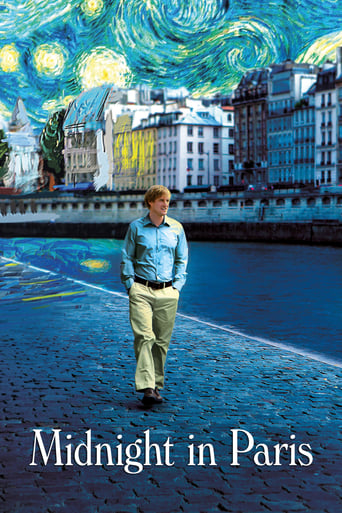











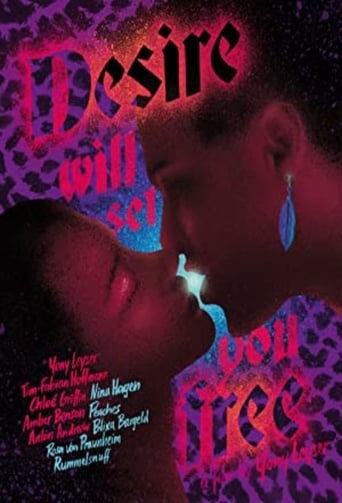

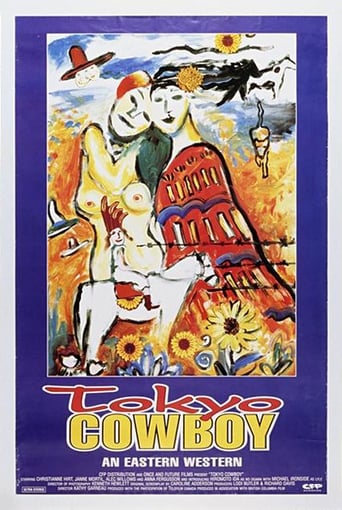











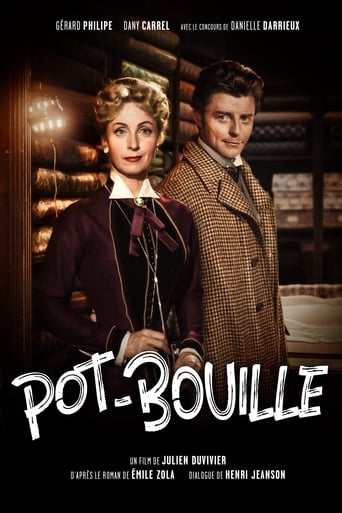






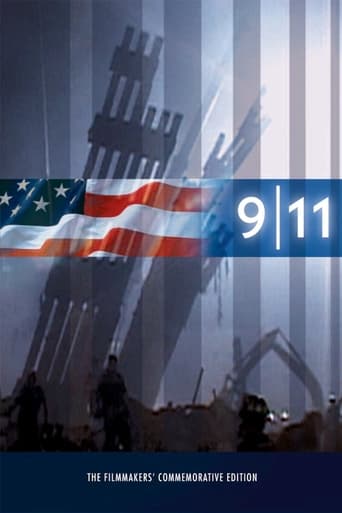

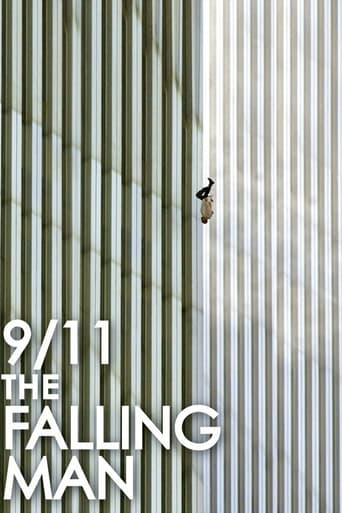
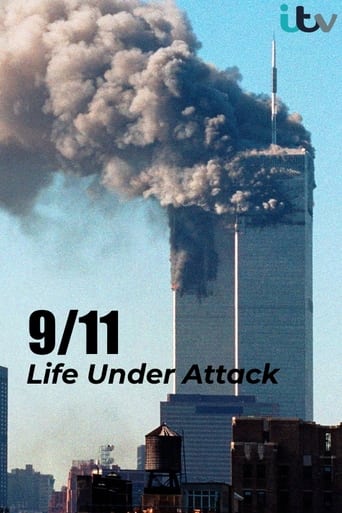
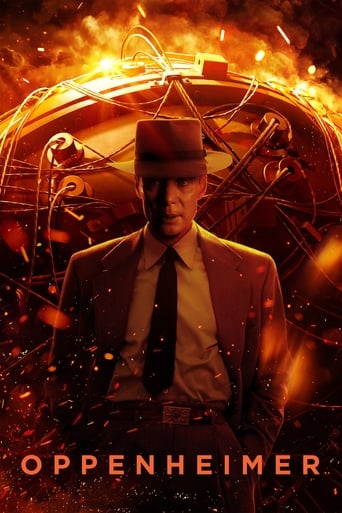
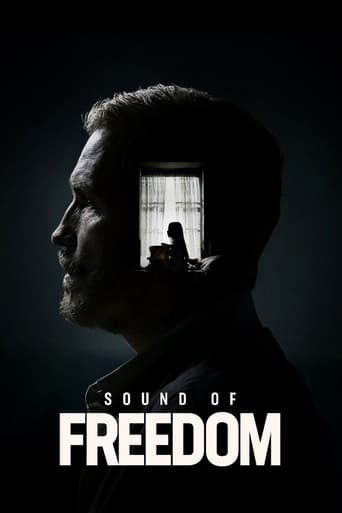
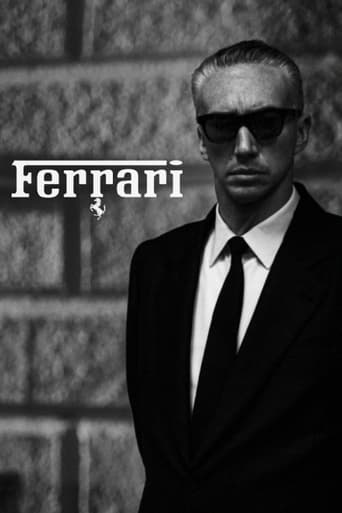
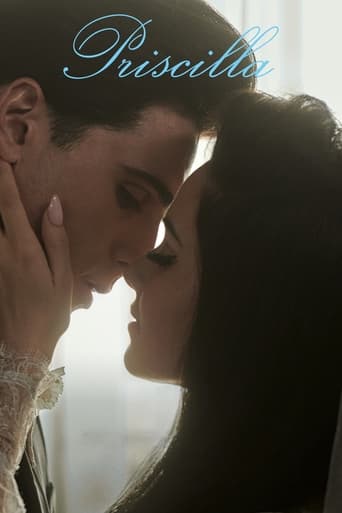
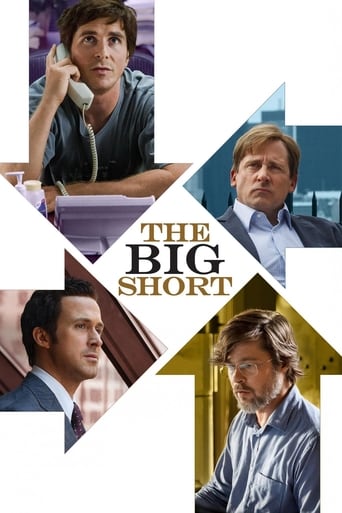
Jew Suss: Rise and Fall
This intricate historical drama tells the story of actor Ferdinand Marian (Tobias Moretti), who is ordered by Nazi propagandist Joseph Goebbels to star in the 1940 anti-Semitic film Jew Suss. Despite his cooperation, Ferdinand's actions have unexpected costs. Ferdinand's Jewish wife, Anna (Martina Gedeck), is sent to a concentration camp, and as World War II intensifies, he rebels against the Nazis, leading to the destruction of his career.